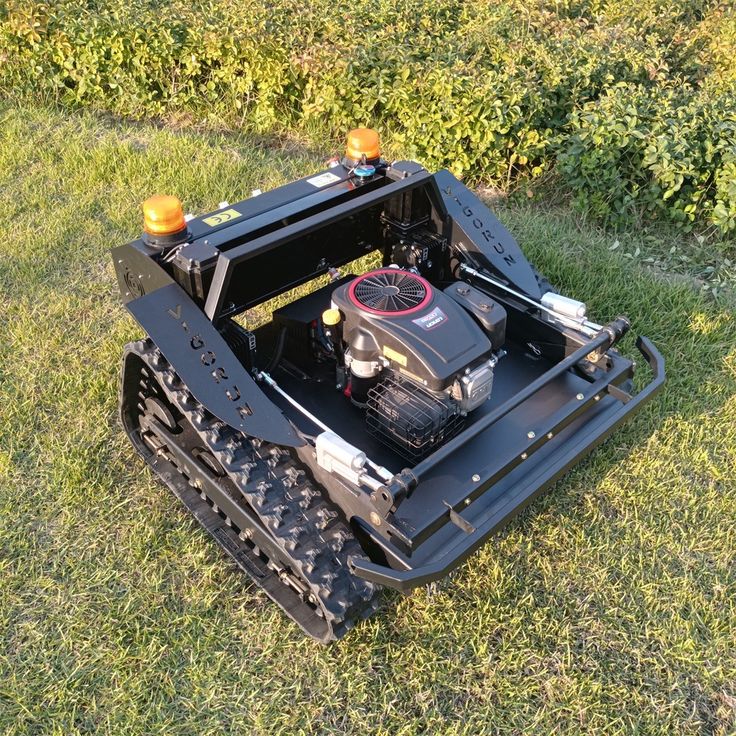While the primary goal of a robotic lawn mower is to cut grass efficiently across open areas, many lawns present unique challenges in the form of narrow passages, intricate garden beds, and hard-to-reach edges. These areas often prove to be the Achilles’ heel for less agile robot mowers, leaving homeowners to manually trim or risk an uneven cut. For those with complex yards, selecting a robot mower specifically designed to navigate tight spaces and deliver a precise cut along borders is crucial for achieving a truly hands-off, perfectly manicured lawn.
The Challenge of Narrow Passageways and Edges
Traditional robot mowers, especially larger models, can struggle with:
- Narrow Corridors: Passages between flower beds, along fences, or between a house and a garage can be too tight for some mowers to navigate or turn around in.
- Intricate Layouts: Lawns with many small, separated sections require a mower that can reliably find its way into and out of each area.
- Uncut Edges: Many mowers leave a small strip of uncut grass along borders, requiring manual follow-up with a string trimmer.
- Obstacle Avoidance: Navigating tight spaces increases the likelihood of bumping into or getting stuck on obstacles.
Key Features for Navigating Tight Spaces
When evaluating best robot mower for challenging layouts, look for models with these specialized features:
1. Compact and Agile Design
Smaller, more compact robot mowers are inherently better at squeezing through narrow gaps and making sharp turns. Look at the mower’s dimensions, particularly its width, to ensure it can fit through your tightest passages. A lighter weight can also contribute to better maneuverability.
2. Advanced Navigation Systems
- Systematic Mowing: Mowers that utilize systematic mowing patterns (e.g., parallel lines) are often more efficient at covering narrow strips and ensuring no areas are missed, compared to purely random navigation.
- GPS/RTK (Real-Time Kinematic): For complex multi-zone lawns with narrow connectors, GPS or RTK navigation provides precise positioning, allowing the mower to accurately find and travel through designated passages.
- Vision-Based Navigation: Some cutting-edge mowers use cameras to “see” and map their environment, which can be highly effective for understanding and navigating complex layouts and avoiding obstacles in real-time.
3. Dedicated Edge Cutting Functionality
This is a critical feature for a truly clean finish. Mowers with dedicated edge cutting will often:
- Offset Blades: Have blades positioned very close to the edge of the mower’s chassis, allowing them to cut right up to the boundary wire or physical border.
- Edge Mode: Offer a specific “edge mowing mode” where the mower follows the perimeter wire or a defined boundary more closely, ensuring a clean cut along the very edge of the lawn.
- “Cut-to-the-Edge” Design: Some models are specifically designed with their cutting deck extending beyond the wheel base on one side, allowing for a flush cut against walls or fences.
4. Superior Obstacle Avoidance Sensors
In narrow spaces, bumping into obstacles is more common. Mowers with advanced collision sensors (ultrasonic, radar, or vision-based) can detect and navigate around objects more gracefully, preventing damage to the mower and the obstacles themselves. This is crucial for avoiding getting stuck in tight spots.
5. Multi-Zone Management
For lawns with several distinct sections connected by narrow paths, robust multi-zone management is essential. The mower should be able to reliably travel between zones, often guided by the boundary wire or GPS, and resume mowing in the correct area.
Top Picks for Narrow Passageways and Edges
While specific models vary, here are the types of robot mowers that generally excel in these challenging environments:
- Compact Models with Precision Edge Cutting: Brands known for smaller, agile mowers that specifically highlight their “cut-to-the-edge” capabilities or offset blade designs.
- High-End Wire-Free Mowers with Advanced Navigation: Models utilizing RTK-GPS or vision-based systems are often excellent at understanding and navigating complex layouts, including narrow paths, without the limitations of boundary wires. Their precision allows for very clean edge cuts.
- Mowers with Robust App-Based Zone Management: An intuitive app that allows you to easily define and manage multiple zones and their connecting paths is crucial for intricate lawns.
Conclusion
A robot mower’s ability to handle narrow passageways and deliver precise edge cuts significantly impacts the overall quality of your lawn maintenance. By prioritizing models with compact, agile designs, advanced navigation systems, dedicated edge-cutting features, and superior obstacle avoidance, homeowners with complex yards can achieve a truly pristine lawn with minimal manual intervention, enjoying the full convenience that robotic lawn care promises.


